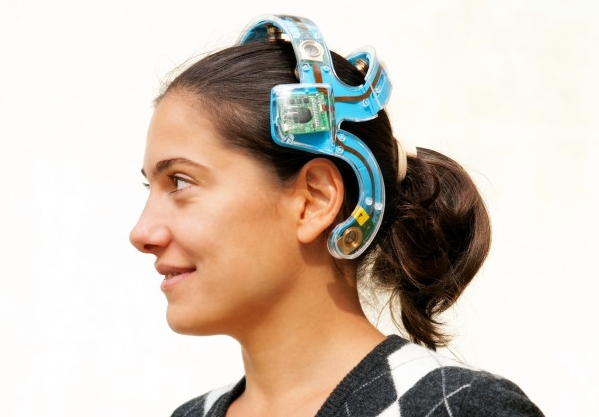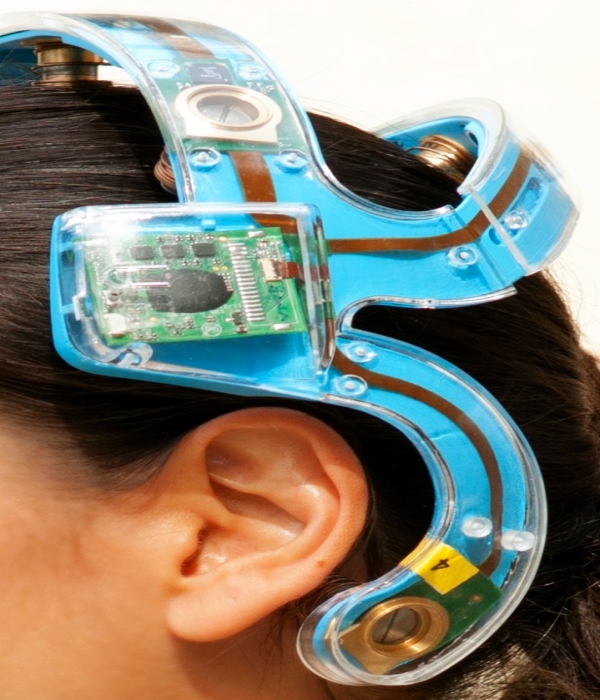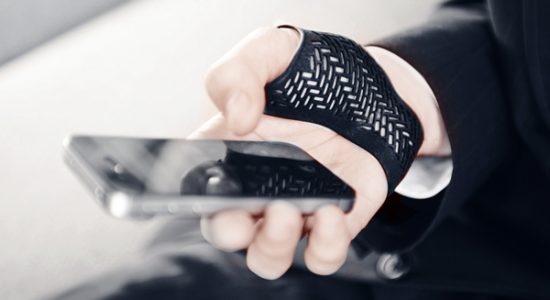Wireless EEG headset prototype by Imec, Panasonic and Holst; makes a new mark in neurological diagnosis
It has been around 2 years since the concept of developing a new wireless EEG (Electroencephelograph) and its prototype came into being by a Belgian company, Imec and Voilà. Now after 20 months of research and development, the Belgium based company has announced an 8-Channel, easy-to-set-up wireless headset in collaboration with Panasonic and Holst Centre. The wireless EEG is a further development in the diagnosis of epilepsy and help in finding many neurological anomalies like ADHD etcetera.
This prototype version is comparatively lot better than the first-generation, which came years ago. Indeed, the shape of the EEG has not changed much but the white plastic covering (as of the earlier version) has been replaced with a transparent cover, making the hardware visible. Not only this, the new version is more flexible, user-friendly & accurate than the previous one. Technologically, this EEG version has less interference, passive electrodes of the older-generation have been replaced with the active ones and being more flexible; additional electrodes can be added as required.
What remains the same as of the older version, is the basic functioning unit of this EEG; a low-power, 8-Channel EEG monitoring chipset from Imec. A low-power analog signal processor and two active electrodes are contained in each EEG channel; designed so as to educe high-quality EEG signals under a large amount of common-mode interference. The need for shielded wires is not at all required or necessary as the active electrode chips can record from dry electrodes.
Though, industry professionals have ingressed this technology, since 2010, the device in now ready for pre-clinical validation. The interested IPs may join Imec’s Human++ program as research partner or through licensing agreements for further development. In the Human++ program, better and high end health care solutions are developed by Imec and Holst Centre.
Other than this, Paru Deshpande, the program director for life sciences at Imec was quoted as saying, “There’s a lot of interest in growing cells for tissues and ultimately organ transplants” and Imec has announced that it is working separately with Tokyo Electron Limited for the development of imagers and sensors & assisting in the growing stem cell outside of the human body.
Via: NeuroGadget




